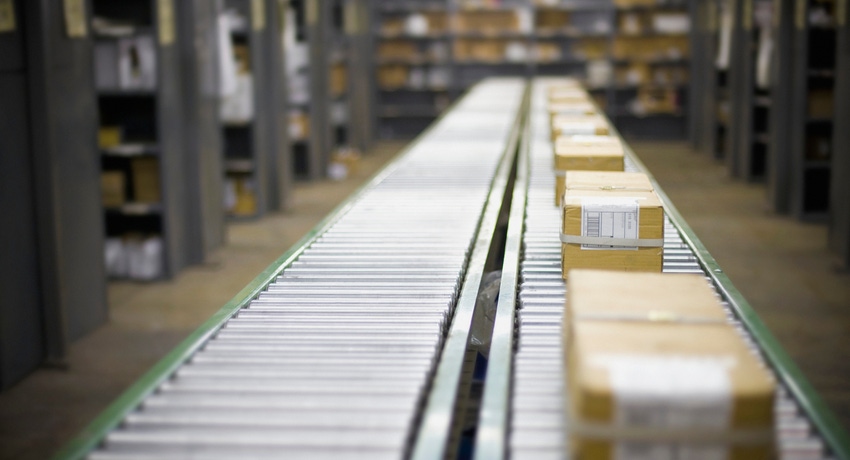October 14, 2014

Today’s warehousing industry is changing significantly compared to 10 years ago. These shifts have the potential to impact the entire supply chain, including the packaging operations of product manufacturers.
1. Increased number of SKUs
The growth of e-commerce and m-commerce, expected to represent 10% of the retail sales by 2017, has changed the daily operations of warehouses and distribution centers (DCs) by generating an important increase of stock-keeping units (SKUs) as customers demand more and more personalization. Also, many DCs have now multiple shipment sizes, from one small case to a complete mixed pallet.
This multiplication of SKUs is modifying the regular operations of warehouses and the entire supply chain. With this new reality, the picking and filling activities are more complex to perform, therefore more expensive. If we add the trend of “mass personalization,” like offering gift wrapping, the complexity of these operations will continue to increase.
2. Expansion and new construction
From 2009 to 2014, the material handling industry has grown by 75% while the gross domestic product (GDP) only changed by 10%. It seems that the warehouse and distribution center industry will continue to outperform the global U.S. economy for the coming years. Based on the 2013 Motorola Warehouse Vision Survey , 35% of the respondents plan to increase the number of warehouses and distribution centers while 38% plan to expand their sizes.
3. Automation (inbound and outbound)
From the same Motorola survey, 70% logistics operations plan on investing more in automation. The inbound and outbound areas are both part of the top priorities for automation because there is still a significant percentage of manual labor involved there. Knowing the difficulty to find the proper personnel, automation is definitively an option companies will seriously consider.
4. Bar coding
With bar codes found almost everywhere, you might think that all goods handled in a warehouse or a distribution center have theirs. Well, this is not the case. In 2013, roughly two-thirds of items handled were bar coded. It is expected that this should grow up to 83% by 2018. This will, of course, help all automation endeavour in the warehouse, facilitating tracking and traceability.
5. Costs of pick-and-fill activities
With the increase of SKUs as stated above, there is no surprise that the pick-and-fill activities represent an important cost for warehouses. According to the Motorola survey mentioned earlier, it corresponds to 70% of the operating costs. This is quite significant. Years ago, mainly full pallets were handled. Today—and in the coming years—more mixed pallets and individual cases will be prepared for shipping. Automation will help, but we can also wonder if there is a way to simplify things with the packaging of those goods.
One approach is to have the secondary packaging dimensions customized with the actual size of the goods to be shipped. This will not only reduce the shipping costs, but it will also help with the sustainability effort demanded by customers. Some companies offer the equipment that prepares the shipping box to the proper dimension. This will reduce the cost of filling materials, corrugated cases used and so on, but this still needs some manual labor to prepare the order.
Another approach suggested in is to use standard, modular and designed-for-logistics packaging that could accommodate finished goods and raw materials. Ideally, this new type of container should be reusable and reconfigurable, so it could be able to transport a multitude of sizes and shapes while enabling automated handling. We can see this concept adapting the world standard and widely adopted 20- and 40-foot containers to small parcels. This idea is not yet fully developed, but many players in the industry are thinking about it. Of course, it will be some time before it will by widely adopted and used by all actors of the supply chain.
Not only should those new parcels aim to be modular, but they should have embedded sensors—radio frequency identification (RFID) or similar technology—to facilitate the tracking and traceability of those containers.
As we can see, the future years will be quite dynamic and challenging for the industry. We outlined here some changes that should occur in the next four to five years, even beyond. But who knows what kind of surprises that might appear in the meantime? What do you think we’ll see?
Luc Vanden-Abeele, marketing research advisor at Axium inc., is an automation and robotics expert with more than 20 years of field experience. He is also a part-time lecturer at École de technologie supérieure (ÉTS), Montreal engineering university.
About the Author(s)
You May Also Like


